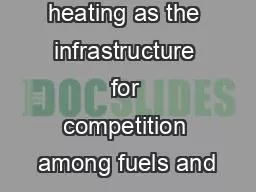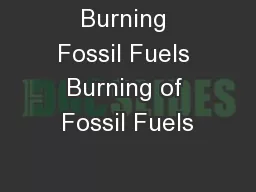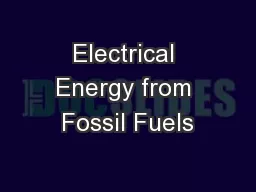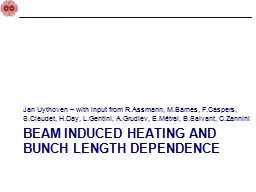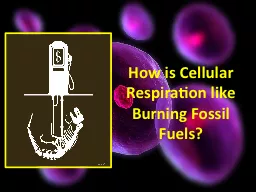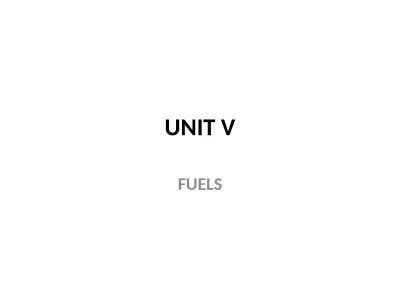PPT-District heating as the infrastructure for competition among fuels and
Author : jewelupper | Published Date : 2020-06-25
technologies Poul Erik Grohnheit DTU Management Engineering Bent Ole Gram Mortensen University of Southern Denmark ECM3 Third International Symposium on Energy
Presentation Embed Code
Download Presentation
Download Presentation The PPT/PDF document "District heating as the infrastructure f..." is the property of its rightful owner. Permission is granted to download and print the materials on this website for personal, non-commercial use only, and to display it on your personal computer provided you do not modify the materials and that you retain all copyright notices contained in the materials. By downloading content from our website, you accept the terms of this agreement.
District heating as the infrastructure for competition among fuels and: Transcript
Download Rules Of Document
"District heating as the infrastructure for competition among fuels and"The content belongs to its owner. You may download and print it for personal use, without modification, and keep all copyright notices. By downloading, you agree to these terms.
Related Documents

